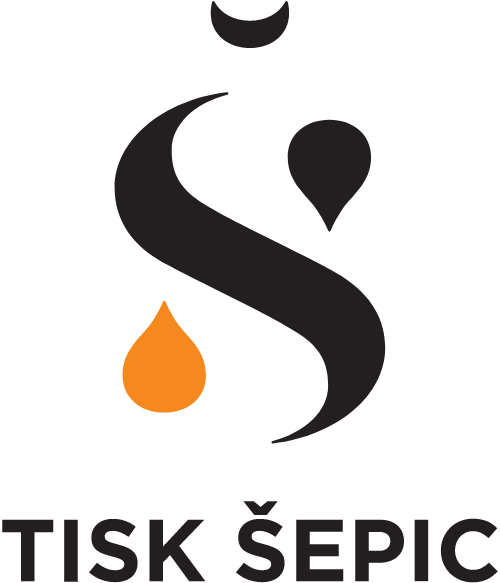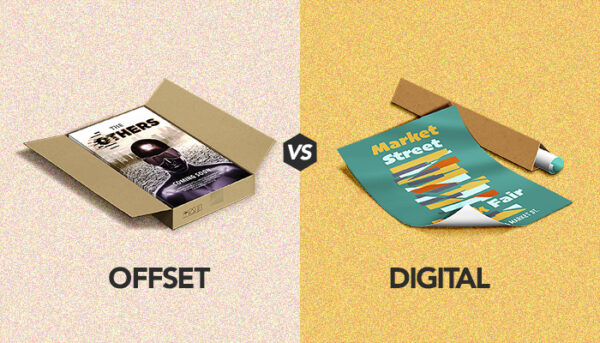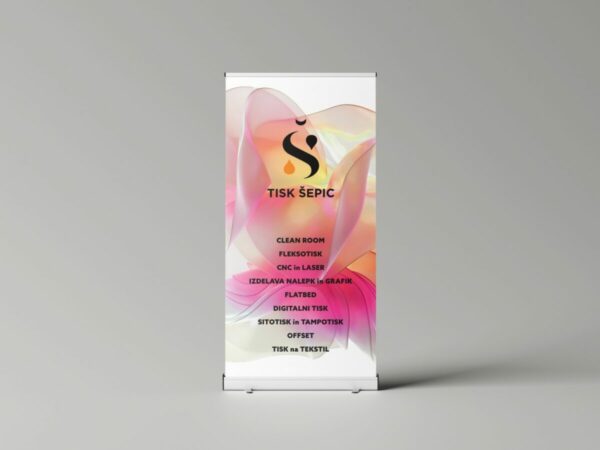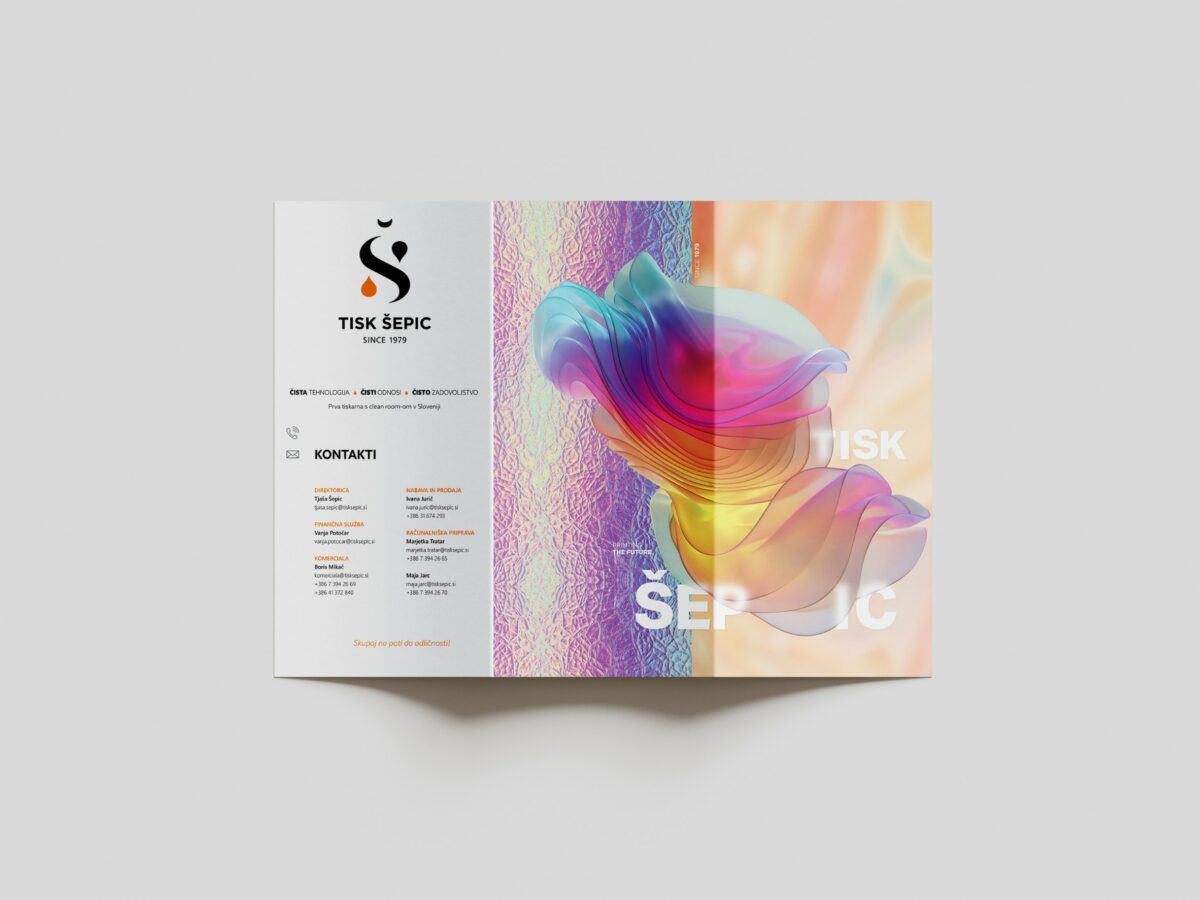
In the ealm of marketing, various printed materials, like brochures, are used to promote brands. However, there is often confusion surrounding the differences between brochures, flyers, pamphlets, and booklets, and whether they serve the same purpose. While they share similarities, understanding the distinctions is crucial for optimizing campaign performance. To make an informed choice, companies must carefully assess their requirements, considering factors such as size, printing, layout, costs, and folding options. Depending on the specific campaign and needs, organizations can select the most suitable format. In this article, we will explore these popular print marketing items—pamphlets, booklets, brochures, and flyers—and elucidate the disparities to help you make an informed decision for your company.
Differences Between Brochures vs Flyers vs Pamphlets vs Booklets
Each print marketing item serves a distinct marketing purpose. Understanding these differences enables you to optimize your marketing campaigns and increase your return on investment.
Brochures
Brochures provide concise descriptions of a company’s products and services. They are available in various sizes and are printed on both sides. The primary objective of brochures is to inform prospects about your brand’s offerings and drive sales. With ample space for content, you can include compelling offers and a clear call to action. While brochures feature more visual elements than text, it’s essential to keep your copy concise, engaging, and impactful. You can experiment with colors, designs, shapes, and fonts to create an ideal layout. Brochures are known for their versatile folds, such as bi-fold, tri-fold, double parallel fold, right-angle bi-fold and tri-fold, Z fold, and more. It’s important to note that brochures and flyers are not the same. Here are some points highlighting the differences:
- Brochures are printed on high-quality, thick paper stock, making them the most expensive printed materials compared to others.
- Popular brochure sizes include 8.5″ x 11″, 8.5″ x 14″, 11″ x 25.5″, and 11″ x 17″.
- Unlike flyers, brochures are usually folded into two or three panels, ensuring a smooth flow of messaging as each panel opens.
- The main difference between brochures and flyers is that brochures consist of multiple pages, while flyers do not.
- Brochures are sometimes confused with booklets, but booklets are permanently bound, while brochures are folded sheets of paper creating multiple pages.
- Brochures can be printed and mailed as reference materials for employees and customers, and they are useful for follow-ups with prospects after interactions.
- Brochures are commonly printed for restaurant menus, corporate meetings, trade events, open houses, and more.
Flyers
Some people refer to flyers as leaflets. They are usually one-sided and unfolded. Marketers use flyers in almost the same way as brochures. But, the most crucial difference between flyers vs brochures is the space. Brochures have ample room to print as much information as you want. You can simply add more panels to them if needed. But, you cannot do that with flyers as they are small in size and have no folds.
Here are some more features to help you understand the flyers and brochures difference:
- Often, flyers are printed on thinner paper stock to keep costs low.
- They are also known as circulars or handouts.
- Due to rough usage, flyers have a shorter life span than other printed items.
- They are used to communicate concise, short messages, like announcing a giveaway or a discount sale.
- Though flyers are printed only on one side traditionally, you can print them on both sides if you want.
- You can use A4 or 8.5” x 11” paper, but make sure they are short enough to handle easily.
- Flyers are distributed to people outside public places or during events.
Companies can use flyers for:
- Announcing the opening of new establishments, like restaurants, clubs, supermarkets, clinics, etc.
- Mailing along with direct mail items like letters.
- Inserting in magazines.
- Event announcements.
- Promoting a new product or service, etc.
We hope this section gave you an answer to the question – are flyers and brochures the same? To summarize, we can say that the size, number of pages, and folds are the top differences between the two.
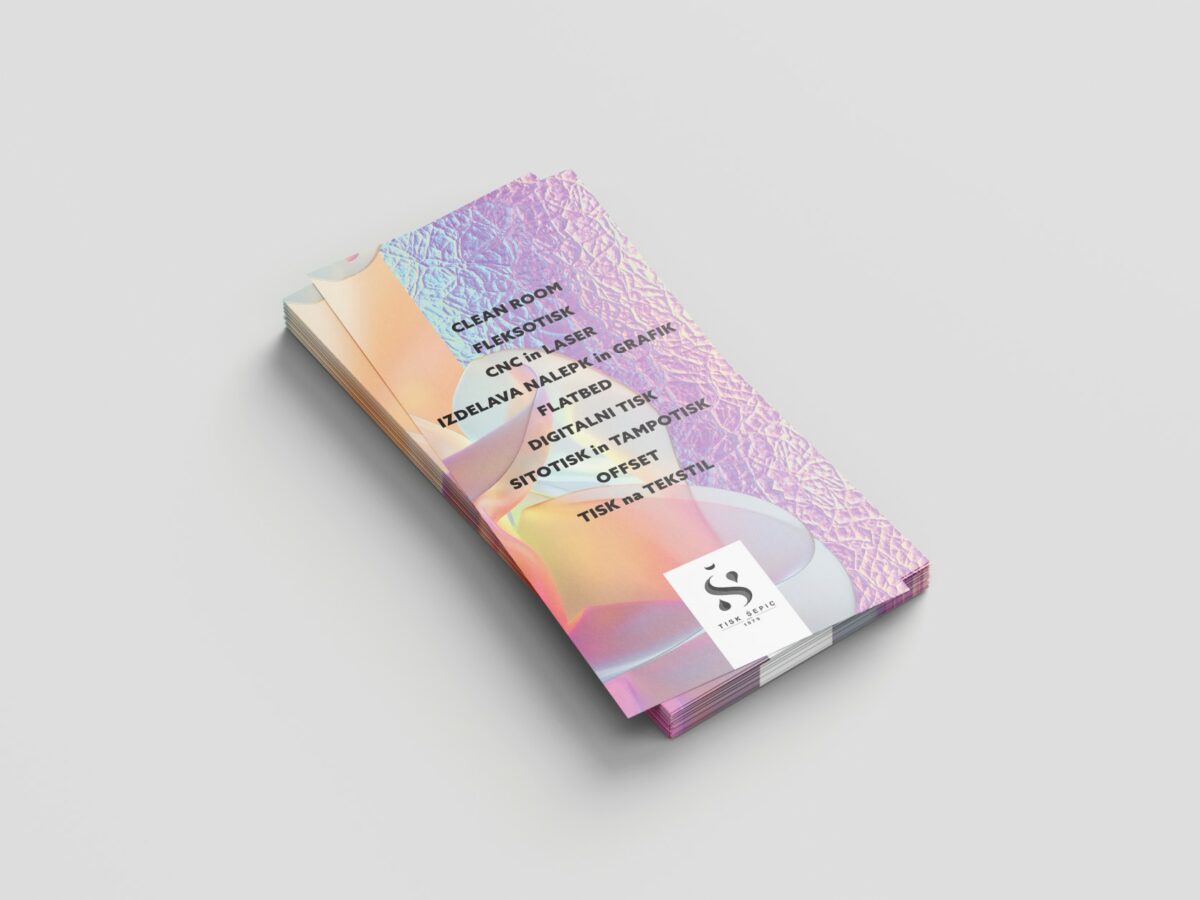
Pamphlets
Is a pamphlet the same as a brochure? The terms brochure and pamphlet are often used interchangeably, but in reality, they have distinct differences.
Pamphlets are small-sized, unbound booklets that provide information about a single subject. Unlike brochures, their primary purpose is to inform or educate rather than sell or market. However, pamphlets can still be used as a subtle marketing tool.
One of the key advantages of pamphlets is their flexibility in terms of printing and folding options. You can either print separate pages and staple them together or use a single sheet of paper and fold it. Additionally, you have the freedom to customize the number of pages, size, and shape of your pamphlets.
Let’s explore some of the common types of pamphlets used by companies:
- Cultural pamphlets: These provide details about different places and cultures, including their history, population, geography, demographic data, etc.
- Civic pamphlets: Civic pamphlets inform people about local affairs such as upcoming elections, referendums, ordinances, etc.
- Educational pamphlets: As mentioned earlier, pamphlets aim to inform and educate. Educational pamphlets cover various topics like medicine, training, science, technology, engineering, etc.
Now, you may be wondering about the difference between a pamphlet and a brochure. Pamphlets focus on non-commercial causes and promotion, while brochures are upfront marketing materials.
Here are a few more distinctions between pamphlets and brochures:
- Pamphlets typically have only one page, whereas brochures consist of a minimum of two pages.
- Brochures cover multiple topics simultaneously, whereas pamphlets focus on a single subject.
- Pamphlets are often used for informational purposes, while brochures are designed for promotional purposes.
However, there is one notable similarity between brochures and pamphlets – they are slightly more expensive compared to flyers.
Booklets
In contrast to the previously mentioned printed materials, booklets are not as widely used. However, many people mistakenly refer to brochures and pamphlets as booklets. So, what exactly is a booklet, and how does it differ from a brochure?
Booklets are similar to brochures in that they have multiple pages. However, booklets have more pages and are bound together instead of being folded. You can choose from binding options such as wire-o, saddle-stitched, perfect, or spiral binding. Saddle-stitched binding is the most commonly used option due to its fast turnaround time.
Compared to brochures, flyers, and pamphlets, booklets are more durable and expensive. Therefore, it is best to use them for account-based marketing or when targeting hot leads.
Here are a few examples of booklets:
- Workplace manuals
- Product catalogs
- Technical specifications, and more.
Apart from booklets, magazines and newsletters are also popular printed products. Magazines typically consist of around 20 to 50 pages printed on glossy paper. They are primarily mailed to subscribers and not commonly used as promotional items.
Development of brochures and other printed materials
Once the client has determined the type of printed product, its format, and the printing method, it is time to develop the design for the booklet or brochure. This process is best entrusted to a professional. A competent designer is knowledgeable about the industry’s accepted requirements for printed materials and can suggest the optimal execution for a specific case.
The design development can be entrusted to a talented freelancer or ordered as a complete package of services from a large printing house. The specialist needs to provide information regarding the purpose of the product, the intended distribution methods, and the target audience. Based on this, the designer will prepare a layout.
For both types of printed products, the following design requirements are relevant. It should be:
- Concise
- Targeted at a specific audience
- Readable
- Well-structured
Although brochures may contain more extensive information, it is still important to include only relevant details without diluting them with unrelated content. Each audience may require its own color schemes, fonts, and images. Emphasis should be placed on corporate style, and if there is none, a cohesive concept should be created based on the theme of the printed material.
Layout should also be done carefully and professionally to avoid images crossing over folds. An experienced designer will skillfully adapt the size and format of any type of printed material.
Structuring
To ensure that the information in the publication is readable and understandable, it is important to carefully plan its structure. Present information in a logical order, from simple to complex. In the beginning of the material, a table of contents can be included to provide a quick overview of the topics covered. Marked lists can be used to draw attention and highlight important information.
Various methods can be employed to achieve the desired goals. When designing booklets and brochures, creative ideas can be utilized. However, it is crucial to understand their relevance and maintain a balanced approach. Excessive decoration and 3D elements are unlikely to be effective options for business-related materials. Unconventional page shapes and humor may not be suitable either.
It is important to remember that printed materials become more valuable to consumers when they offer something useful. Consider adding a small calendar, a discount or coupon, or other incentives to the booklet. This will increase its desirability and longevity.
